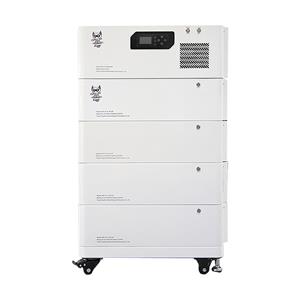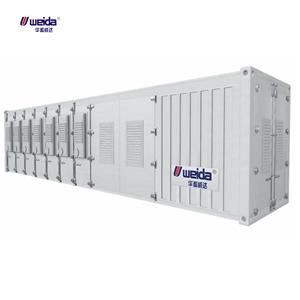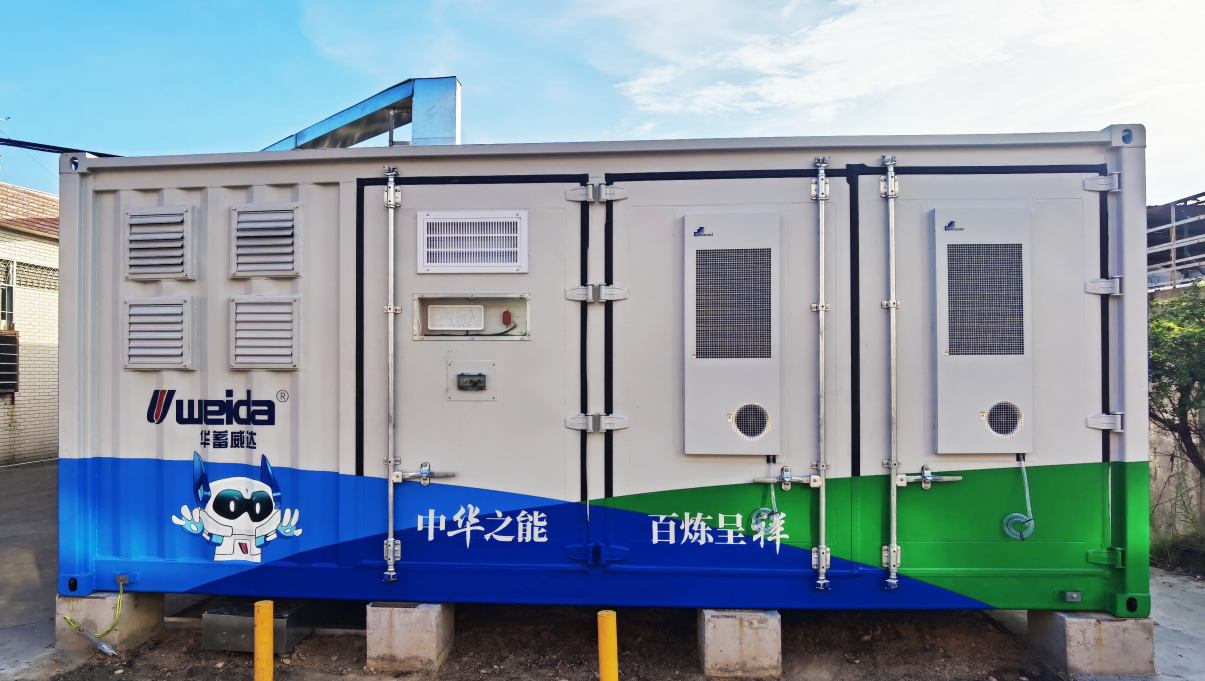Demand Side Response of Commercial and Industrial Energy Storage
Demand Side Response of Commercial and Industrial Energy Storage
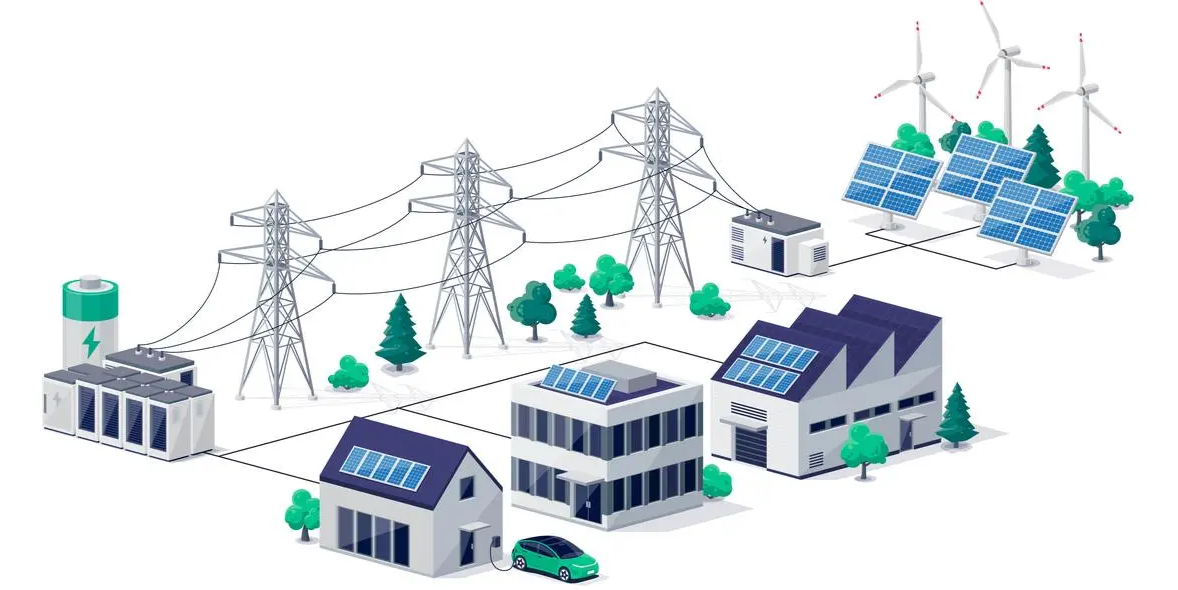
Electricity demand response, simply put, is the enterprise in the power of electricity tension, take the initiative to reduce electricity consumption, through the peak shaving and other ways to respond to the balance of power supply, and thus get economic compensation.
Guangdong Province issued "Guangdong market-based demand response implementation rules (for trial implementation)" notice, Guangdong on the user side of the energy storage to give incentives to 3.5 yuan / kWh, power users can do production, subsidies both! According to the historical data of Guangdong Province in previous years deduced that the response demand about 60 times a year, the payback period can be shortened by one year.
Definition of Demand Response
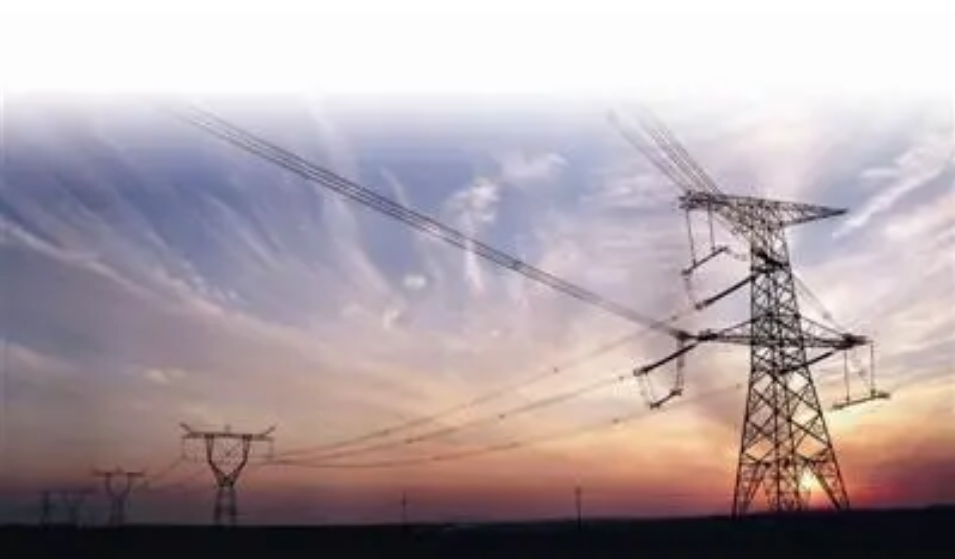
Demand Response (Demand Response, or DR), short for Demand Response, means that when the wholesale market price of electricity rises or the reliability of the system is threatened, the power user receives an induced reduction in the load of the power supply side of the direct compensation notification or the power price rise signal, to change its inherent habitual pattern of electricity consumption, to reduce or shift the load of electricity consumption in a certain period of time and responding to the power supply, thus safeguarding the stability of the power grid and suppressing the short-term behavior of electricity price increase. It is one of the solutions of Demand Side Management (DSM).
Simply put, demand-side response is the behavior of a customer responding to the call of the grid to temporarily adjust his or her electricity consumption in a planned manner (including both decreases and increases), thereby contributing to the stability of the power system.
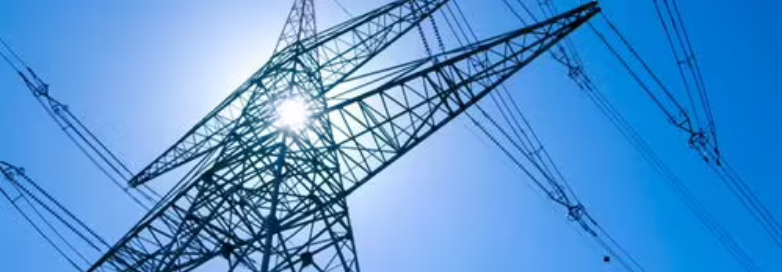
Price-based demand response means that users adjust their electricity demand accordingly to the price signals they receive, including Time of Use Pricing (TOU), Real Time Pricing (RTP) and Critical Peak Pricing (CPP).
The demand side response strategy based on tariffs is usually adopted for non-dispatchable resources, which mainly refers to residential loads. While dispatchable resources mainly adopt incentive-based demand-side response strategies. Unlike demand-side resources, which are temporary changes in energy use of demand-side resources in response to the electricity market or grid reliability, demand-side resources refer to measurable centralized loads that can provide demand-side response.
Demand Side Resources
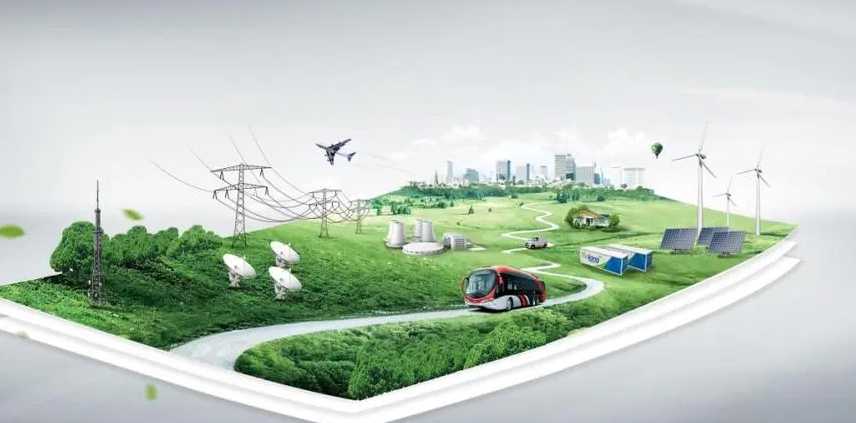
Demand-side resources mainly include distributed generation resources, load resources, and energy storage resources. Demand-side management is to adjust customer load or electricity consumption pattern through a series of ways, such as economic subsidy means, mandatory legal means, publicity means, etc., to guide customers to use electricity in a scientific and reasonable way. Demand-side management is an important way to save energy, aiming to reduce load demand to reduce installed capacity, transfer part of the peak load to the low period, and reduce the peak-valley difference of load.
Demand side response is a derivative of demand side management. However, the way of demand-side response for load management is somewhat different from the traditional load management in demand-side management: the way of handling load in demand-side response tends to be from the perspective of market conditions, especially price signals, to make adjustments to the load demand or electricity consumption pattern, and thus promote market stability and grid reliability. Load management in demand-side management, on the other hand, usually involves the use of load control devices to actively cut off part of the power supply in the system at an appropriate time, shifting the load from the peak period to the trough period. The openness of the electricity market and the realizability of real-time prices are prerequisites for the realization of demand side response. Demand-side management is only a means of load control, not from the actual situation of the user's actual power experience, in which demand-side response can be more effective to meet the requirements.
Demand side response strategy
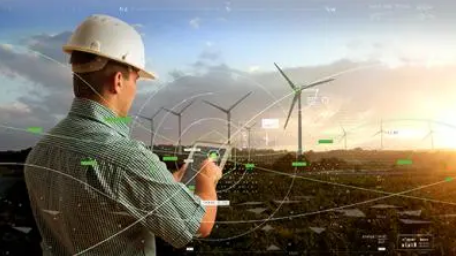
Demand side response strategy is mainly divided into two kinds: price-based and incentive-based. The price-based demand side response strategy is divided into time-sharing tariffs, peak tariffs and real-time tariffs. Time-sharing tariff is a common tariff strategy in China, which can effectively reflect the difference in the cost of power supply at different times of the grid tariff mechanism, and its measures are mainly to increase the tariff appropriately in the peak period, and reduce the tariff appropriately in the trough period to reduce the peak-valley difference of the load and improve the user's electricity consumption, so as to achieve the effect of peak shaving and valley filling.
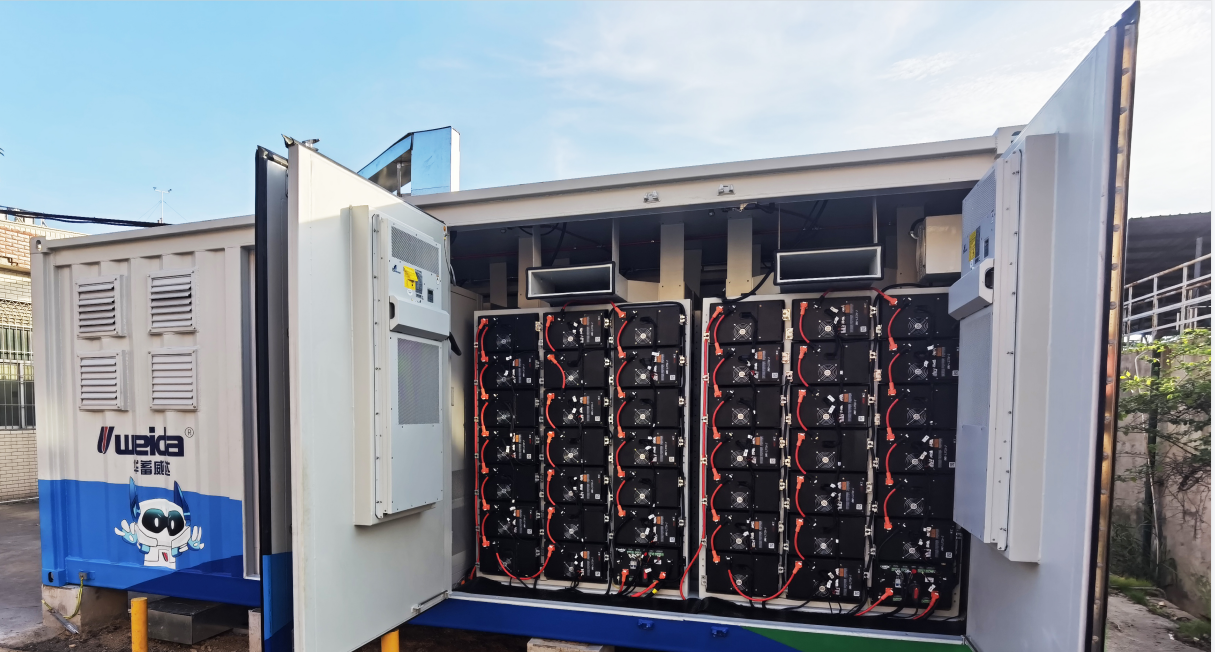
Load management is an important aspect of demand-side response, which can improve the user's electricity consumption habits through the regulation of demand-side loads to achieve the goal of reducing the maximum load of the grid, reducing the installed capacity of the system, and reducing the operating costs Load management is usually divided into three types of management forms, namely, peak shaving, valley filling, and shifting peaks to fill in the valleys. Peak shaving refers to reducing the demand for grid load during peak periods, valley filling refers to increasing the utilization level of the system's idle generating capacity, and peak shifting and valley filling refers to adjusting the way loads are used during peak and valley periods. Demand-side loads are generally categorized into the following three types: important loads, levelable loads, and adjustable loads. This is divided according to the importance of the load, important load refers to the load that can not be disconnected at a specific time, leveling load refers to a certain range of permissible load can be used to transfer the time of use from one interval to another, the transfer of the load can not exceed the maximum permissible amount of transfer, adjustable load is the direct result of the user's use, in advance to predict the amount of load used by the customer with some difficulty, so the historical data is usually used to evaluate and process the load. Therefore, historical data is usually used for evaluation and processing. And in fact, due to the fixed and uninterruptible nature of important loads, which makes it impossible to change the time of use, as well as the unpredictability of the amount and type of adjustable loads, the demand-side load focuses on the impact of the leveling loads on the economic optimization of the microgrid scheduling.
Applications
Incentive-based DR refers to the DR implementing agency to formulate appropriate policies based on the supply and demand conditions of the power system, and users reduce power demand when the system needs or power is tight, as a way to obtain direct compensation or preferential tariffs for other time periods, including Direct Load Control (DLC), Interruptible Load (IL) Demand Side Bidding (DSB), Emergency Demand Response (EDR), capacity market programs, and ancillary services programs. Participating customers generally receive incentives in two ways: direct compensation independent of existing tariff policies; and discounts on top of existing tariffs. Before the implementation of a demand response program, usually the DR implementing agency has to sign a contract with the participating users in advance, in which the content of the demand response (the size of the electricity load reduction and the accounting standards, the duration of the response, the maximum number of times of response during the contract period, etc.), the time of advance notification, the standard of compensation or tariff discounts, and the penalties for breach of contract, etc., are agreed upon.

